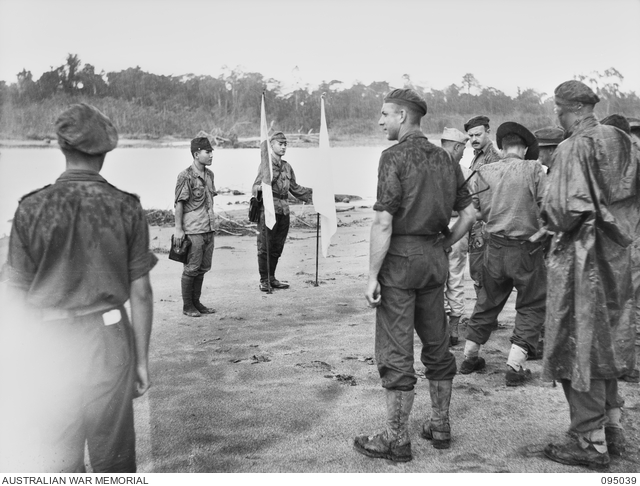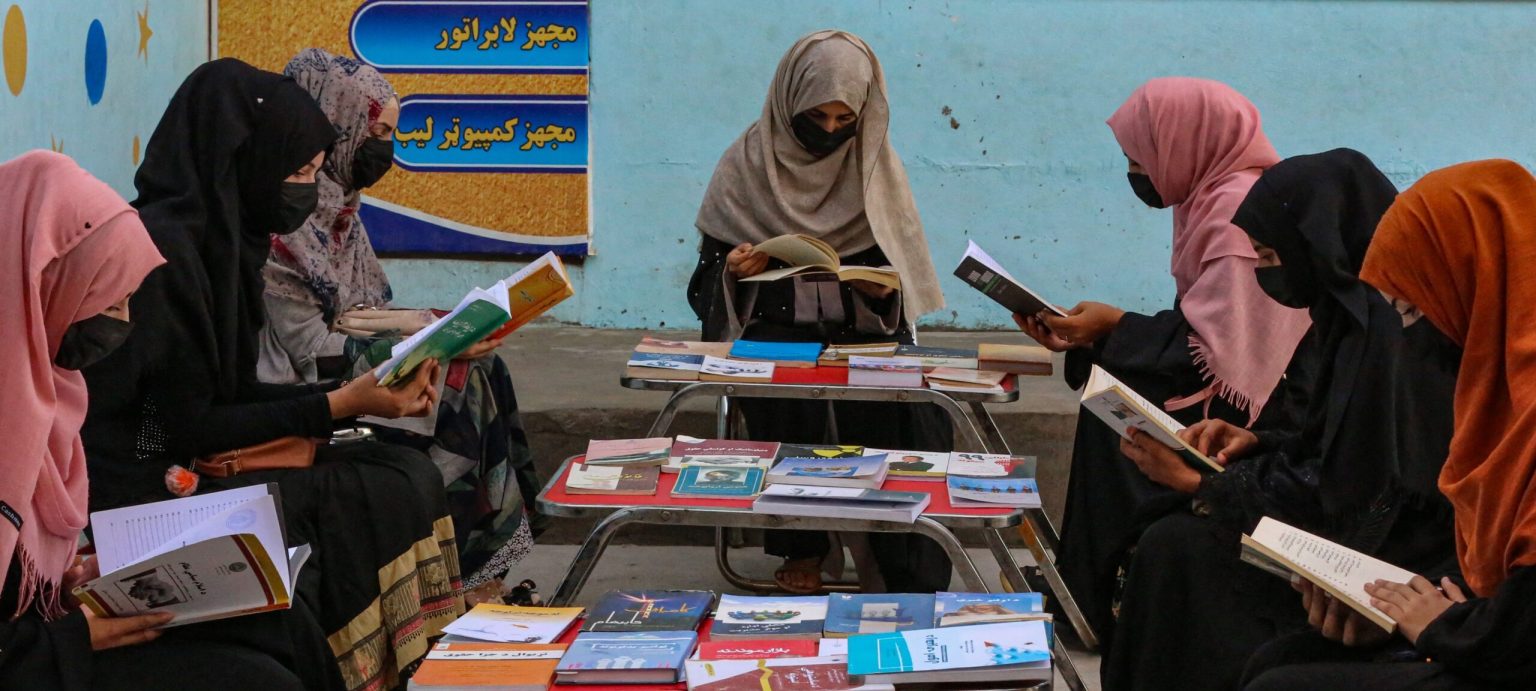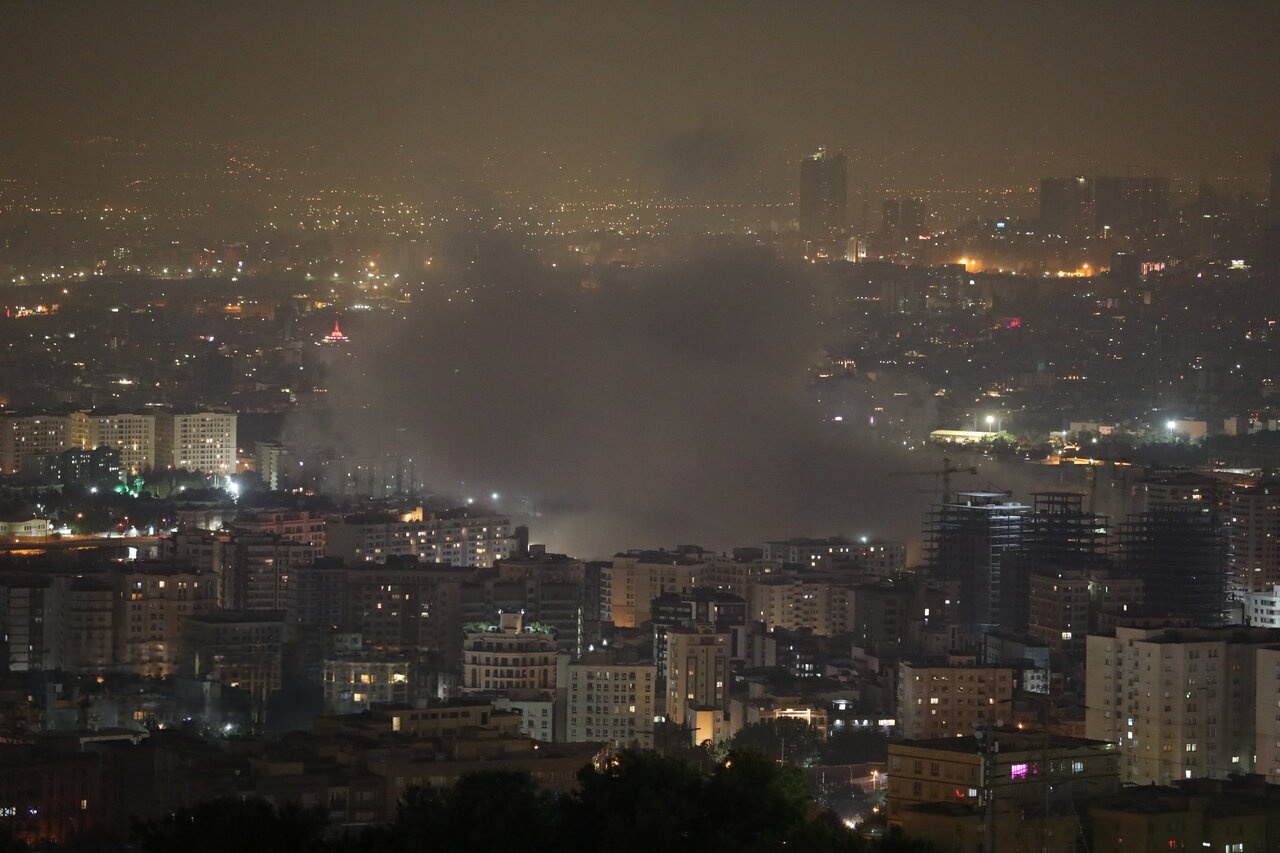Hawai‘i’s Chinese community has played a pivotal yet often overlooked role in the islands’ history, shaping its social and economic landscape while navigating complex racial dynamics. Nancy E. Riley’s Place, Race, and Politics in Chinatown attempts to critique this history through a settler-colonial framework but ultimately oversimplifies the nuanced experiences of Chinese Hawaiians, reducing their agency to a narrative of complicity in whiteness.
The social relations of Hawai‘i, host to an uncommonly diverse population since the late 1800s, have long attracted the curiosity of outsiders. The question of Hawai‘i’s diversity animated the foundation of the sociology department at the University of Hawai‘i in 1920, where a cohort of sociologists, including Romanzo Adams, Andrew Lind, and Robert Park, all trained at the University of Chicago, deployed innovative practices of ethnographic fieldwork to make sense of Hawai‘i’s multiracial society, including urban Honolulu. Over the course of the twentieth century, a wealth of research was undertaken on Hawai‘i’s many and eclectic communities, often involving upwardly mobile university students from these backgrounds. Simultaneously, an appraisal emerged, registered both academically and in popular culture, of Hawai‘i’s very different racial order from the mainland United States. From many an American gaze, the absence of legal segregation and the ubiquity of interracial marriage in the islands were an optimistic curiosity—and perhaps even a sign of a multicultural future that could be embraced by the rest of the country. During the years of President Barack Obama, a rose-tinted account of interracial harmony in the president’s childhood home came into vogue, climaxing in an outlandish book by the University of Hawai‘i sociologist Michael Haas, entitled Racial Harmony Is Achievable: Lessons from the Kingdom of Hawai‘i. Eight years later, authored in the vastly different political context of the Biden interregnum, comes a very different interpretation from Nancy E. Riley, a specialist of the history of gender, and professor of sociology at Bowdoin College.
Despite its relatively small size today, Hawai‘i’s Chinese community played a starring role in Hawai‘i’s modern history. Present in Hawai‘i soon after the fateful first landing of James Cook in the archipelago in 1778, a significant population of Chinese merchants and labourers emerged by the mid nineteenth century. China had served as the primary market for Hawai‘i’s first export commodity—sandalwood—and Chinese collaboration with Native Hawaiians was a common feature of early cash crop cultivation. During the second half of the nineteenth century, high rates of coupling between Chinese migrants—the vast majority of whom were men—and Native Hawaiian women had already yielded a large cohort of Hawaiians with Chinese ancestry, and a Chinatown emerged in urban Honolulu that served as the small city’s principal commercial district. The history of Chinese in Hawai‘i was thus nearly a century old when the Hawaiian Kingdom was overthrown in 1893 by a small coterie of young and largely American insurrectionists with the assistance of the resident US minister.
Unlike Chinatowns from colonial Manila, to those founded centuries later in the mainland United States, the Honolulu iteration emerged not from state-ordered segregation but rather through a dynamic of self-segregation—a factor common to many newer Chinatowns across the world today. Moreover, as Riley notes consistently, in passing, Honolulu’s Chinatown was never merely a Chinese space—and indeed, for most of its history, most of its population was in fact not Chinese. Given these attributes, one would expect the first monograph on Honolulu’s Chinatown to be published by a major university press to engage seriously with the multifaceted experiences and interactions that have historically taken place there—especially since the subtitle’s first keyword is place.
Instead, Riley’s main emphasis is on race, and namely, the evisceration of the benign account of racial relations in Hawai‘i. Across the book, the author stresses how the Chinese population, in being the earliest non-Western migrant group in the islands, collectively accepted what she repeatedly terms a “racial bribe” permitting advantageous incorporation into the archipelago’s “settler colonial” or “white system.” Stymied by a poor command of history, the author’s attempts to describe the eclipse of indigenous authority in the archipelago yield some remarkable slips—such as labelling Walter Murray Gibson, chief minister of the nationalist monarch King Kalākaua, as “a member of the colonial government.” Likewise, the author profoundly misunderstands southern Chinese hui, or rotating credit associations, casting these as a response to exclusion by European and American bankers, rather than a long-standing financial instrument that Chinese migrants had brought with them from their homeland. Both errors point to the author’s limited concern with Chinatown or the Chinese community of Hawai‘i on their own terms. Rather, the master force in the book is that of “whiteness”—a phenomenon whose hegemony in Hawai‘i is asserted ad nauseam.
For most of the book, Chinese actors and voices are strangely absent, as are any serious discussion of debates within the Chinese community. Sun Yat-Sen, who attended the predecessor to O‘ahu’s prestigious Punahou School between 1879 and 1882 is mentioned merely in passing in the book’s final pages. No discussion is provided at all of the Chinese revolutionary tradition in Hawai‘i, debates within the Chinese community during the twentieth century between nationalists and communists, or the activities of the Chinese community in Hawai‘i’s local politics.
Despite repeated contestations of the importance of historical context, Riley’s often stale, predictable, and tendentious book exhibits the limitations of applying the approaches of settler colonial studies to study concrete communities or localities, such as, in this instance, an ethnic neighbourhood. Even when judged by its selected theoretical apparatus, the book fails to impress. Apparently oblivious to Cedric Robinson or the Black Marxist tradition, “racial capitalism” is construed as “a constructed exoticism” projected towards Chinese people that is “tied to the use of multiculturalism for neoliberal aims.” Chapters three and four hardly engage with the place of Chinatown at all. The only strong chapter of the book is the fifth, which examines resistance to urban renewal campaigns in the 1960s and 1970s.
The most jarring moment of the book comes at its end, where the author concludes with a call for the Chinese population of Hawai‘i to recognise their complicity with settler colonialism: “That Hawai‘i’s is a white system does not mean Asians are exempt from an understanding and acknowledgement of how their strategies of resistance and acceptance came at the expense of others and underscores their responsibility to work to resist and change it.” This poorly written attempt at activism is likely to prove as ineffective as its academic analysis. If this book succeeds in anything, it is in indicating the urgency of a comparative study of the history of Hawai‘i’s Chinese minority that takes seriously its many parallels with sister communities on the Asian side of the Pacific, and thus in the process, actually embraces the contextual particularities of Hawai‘i’s mid-Pacific location, including its long history beyond the United States. That would be a sociology of Chinatown worth reading.
(This review adopts the current orthographical standards for the spelling of Hawaiian names adopted by the University of Hawai‘i Press, namely the use of the ‘okina and kahakō in the spelling of Hawaiian place names)
This is a review of Nancy E. Riley’s Chinatown, Honolulu: Place, Race, and Empire (New York, NY: Columbia University Press, 2024).
Nicholas B. Miller is Associate Professor of History and Coordinator of the History Program at Flagler College, where his teaching and research focus on eighteenth- and nineteenth-century global history. His research on Chinese and Hawaiian actors in the development of a plantation complex in Hawai‘i has been published in Global Plantations in the Modern World (Palgrave, 2023) and Global Royal Families (Oxford, 2024).
This review is published under a Creative Commons License and may be republished with attribution.




